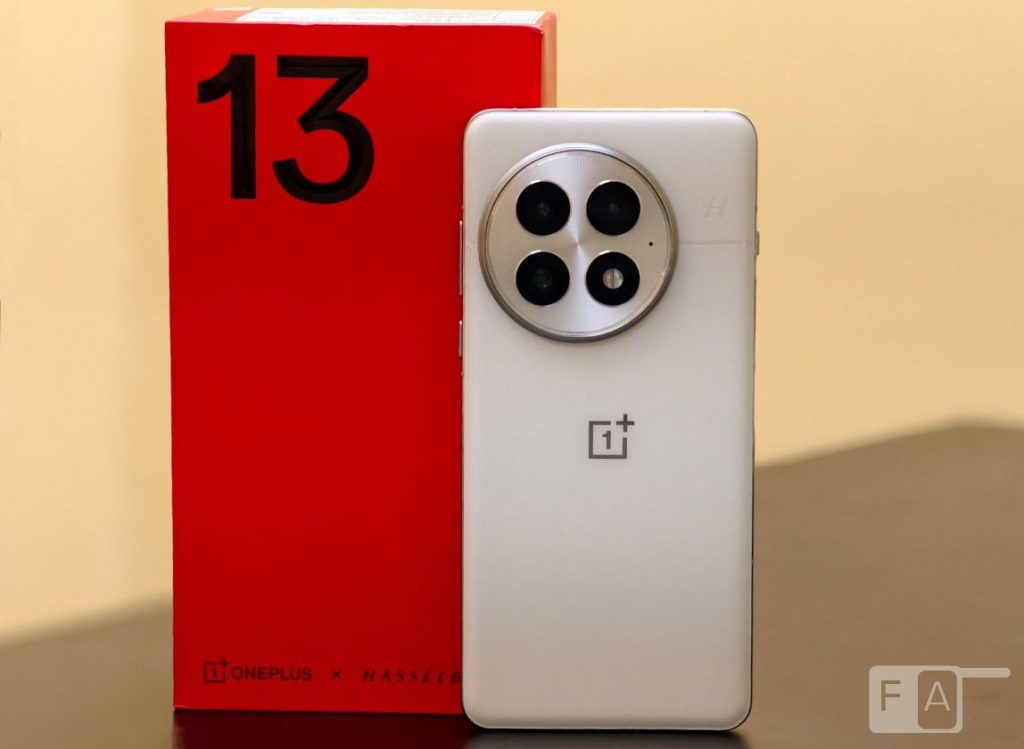
The Samsung Galaxy S25 Ultra, launched in India in January, stands as a testament to Samsung’s seasoned mastery within this fiercely competitive landscape. Priced from ₹129,999, this device fuses cutting-edge hardware with a suite of intelligent features, reflecting an evolution of the Galaxy S series from its ambitious early days to a confident pinnacle in the premium segment. Where once Samsung experimented boldly to carve its niche—pioneering large screens, stylus integration, and robust multitasking—the S25 Ultra showcases a company now comfortable refining its formula, delivering a titanium-clad build, a breathtaking display, and a camera system that stretches technological boundaries. After thorough evaluation, it excels in nearly every domain—processor, display, camera, battery—though minor quirks persist, a sign of calculated trade-offs rather than faltering steps. For those eyeing a mid-to-high-end flagship with minimal compromises, this review dissects why the S25 Ultra not only competes but underscores Samsung’s ease in dominating the elite tier.
Continue reading “Samsung Galaxy S25 Ultra Review: Redefined by Power and Precision”















